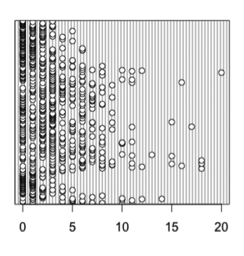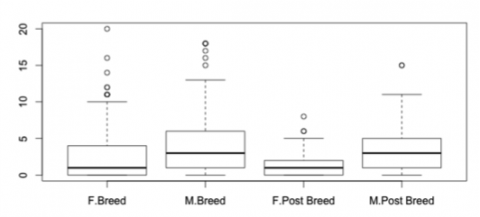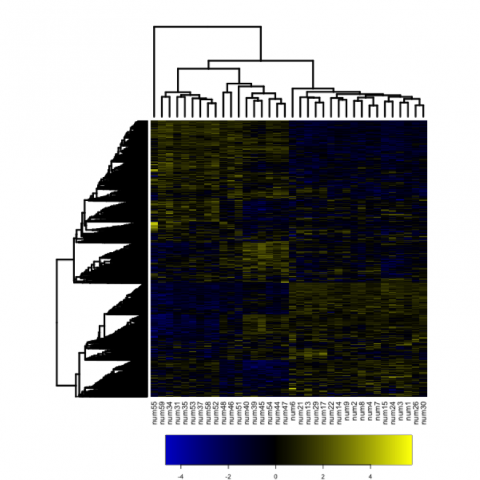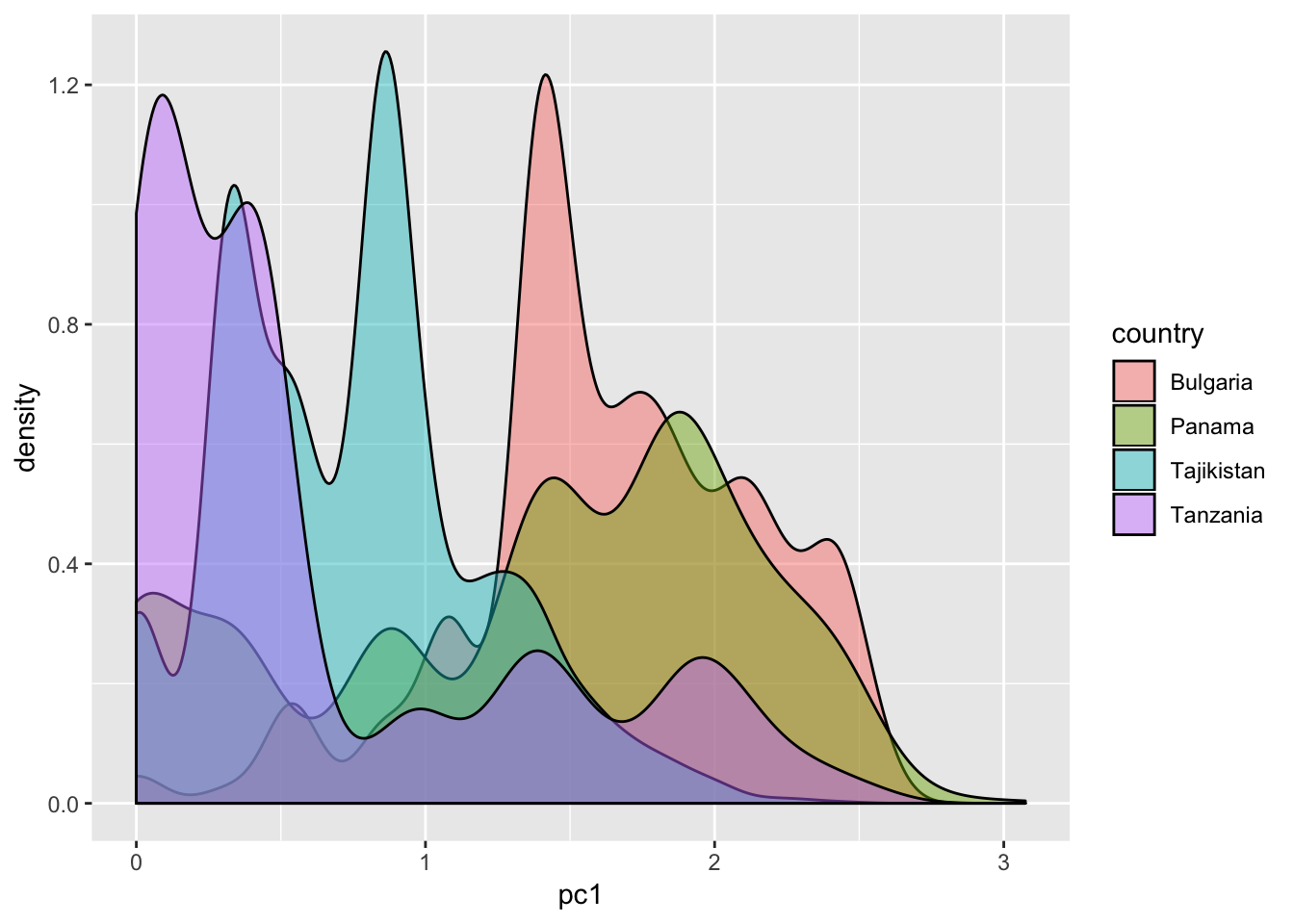Questions asked: Do males and females scent mark equally? Do lemurs scent mark equally in breeding and non-breeding seasons?

Graduate students: Lydia Greene and Kendra Smyth
Faculty instructor: Julie Teichroeb
Course: EVANTH 246: Sociobiology
Data set: The frequency of scent-marking behavior in the Coquerel’s sifaka
Dependent variable: scent-marking frequency
Potential explanatory variables: sex, season, age, group size, free ranging, amount of time observed, individual identity


- Step 1: Visualizing data and testing for normalcy (histograms, dotcharts, box plots, Shapiro test)
- Step 2: Choosing an appropriate distribution and test
- Step 3: Applying the test in R (Wilcoxon tests and GLMMs)
- Step 4: Interpreting results
Model <- glmmadmb(Scentmark ~ Sex + Season + Group.size + Age + FR + (1|Individual) + offset(log(Obs..Time)), data=data, family=”nbinom”, zeroInflation=TRUE)



